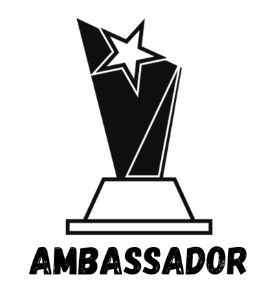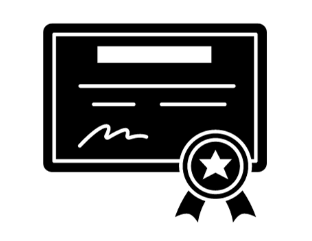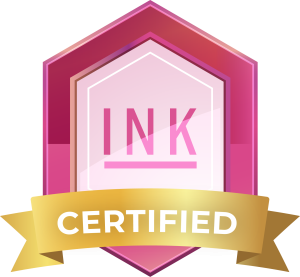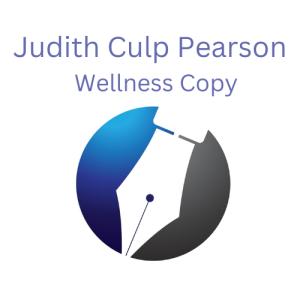
Newsletters, especially with SEO elements, are a core part of your growth marketing strategy. Done right with engaging, relevant content, they are something your clients will look forward to getting, opening, and clicking.
They turn new readers into fans and build retention with existing customers. The secret is having the right content for the right people and delivered frequently enough to have them looking forward to it.
And they have broad appeal to both B2B and B2C businesses. They are different from other email marketing in that they arrive on a regular schedule and follow a familiar format. They get familiar with and look forward to reading categories they know you include.
Table of Contents
One of my clients dealt with selling professional beauty products B2B. They had years of experience and a solid client base.
They dominantly used Google Ad Words. Their target keywords were expensive and highly competitive. At that time, they didn’t offer a newsletter.
They kept doing what they were doing, but I added a newsletter at the beginning of each month. We kept the format simple and easy to skim. Article topics focused on their customer interests with technical and business skills.
Sometimes we introduced a new product; sometimes, we coached them through a common problem. Always we concluded with the specials of the month and links to shop.
In ten months, the gross income of this 18-year-old company increased by 24%. They scaled back their Google Ad Words the following year, and the revenues stayed solid. Their overhead decreased due to less Ad Word spending.
Over the years since, they have cut their Ad Word budget even more. In an industry with very narrow profit margins, this helped them stay viable during tough times.
I’ve been working with newsletters since BC— that’s before computers. So first, we typed them out, getting the layout as best we could, then took them to the copy place before we folded, labeled, sorted, counted, and bundled, then finally, mailed them out.
For over 25 years, I’ve had lots of practice…and done things right as well as wrong.
I couldn't have been more excited than when the option to email a newsletter became a reality. My team was also delighted we eliminated all those tedious pre-mailing steps.
I learned how to track opens and studied what helped the recipient decide to read over delete. Success is all tied to getting the right content delivered in an easy-to-skim format for the right audience.
Each business has a distinct personality, and you want to let that shine through your newsletter. Your brand personality is part of why people are attracted to you. Your newsletter needs to take advantage of that and let it shine.
Whether it’s social causes, an incredible team, excellent customer care, or the most exceptional formulas on the planet, your readers want to know. And they want you to take them behind the scenes and let them bond with you.
You need to start with really knowing your target audience. Then it needs to be written in a friendly conversational style like you are talking over a cup of coffee. Thirdly, focus on the balance of helpful content and offers or sales.
Many businesses think of their target audience in terms of demographics. But those are just the tip of the iceberg.
You want to get into their pain points, concerns, needs, desires, and buying triggers. Next, you need to dive into psychographics. Because you are connecting with them mentally, you have powerful tools to nurture and provide them with what they need to move forward.
I always ask myself:
I used this technique recently with a client who sold their product through resellers.
When I did a deep dive into their customers, I realized those resellers are dominantly small business owners. And as small business owners, they needed to provide for their families, and with this product, there was an emotional reward for helping others.
They also had deeply hidden fears of failure. Subliminally, they feared the professional, personal, and relationship ramifications if they failed. Their investment, career, business, social status, and family were all riding on their success.
The more you know about your target audience, the more you can help them, support them, and meet their needs.
Different types of audiences have different expectations. Some are a little more professional or technical. Others might be very casual or even sassy.
A newsletter for employees will be quite different from a newsletter that goes out to a sales team to keep them up to date with offers and technical data.
And both of these are distinctly different from a newsletter designed to help a segment of consumers be successful with your product or service.
But in all of them, you still need to speak person to person. This is true for both B2B and B2C because in both cases, sales happen 1:1, human to human.
An easy way to make this happen is to write in the second person. Use the pronouns you, your, yours, yourself, yourselves. The more you can use these; the more focused the writing is to the person reading it.
Your content needs to be 80-90% useful, informative information. The balance is rewards, bonuses, specials tailored specifically for… you guessed it… your target reader.
You can trace this balance back to the book by Richard Koch, the 80/20 Principle. People want your newsletter for information, although a segment of readers, 43%, also subscribe to get insider deals.
When we keep the content to at least 80% useful, relevant information, they like the bonus rewards that fill the balance. Help first—sales later.
Many businesses segment so that each group gets information that matches their interests rather than a more generic one covering your whole brand.
I might like walking gear from REI but have zero interest in downhill skiing or mountain biking. Give a prospect too much information that doesn’t match their interests, and they’ll unsubscribe.
Many businesses find an additional resources segment offers readers the option to learn about other aspects of your business. These can be added as snippets with just a sentence or two describing them and a link for more information.
Linking is also a useful SEO technique you can weave into your newsletter.
If you’re ready to take your business and newsletters to the next level, I can help with that. I offer specific generic niche newsletters or customized newsletters delivered once or twice a month. Click to check out my Packages or send me a message.
You may also find these articles of interest:
Boost Marketing with SEO to increase ROI
Your Exclusive Rewards Build Customer Loyalty and Dollars Spent
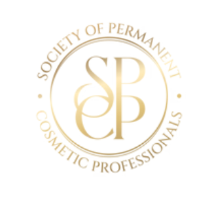 Judith Culp Pearson receives three top honors
Judith Culp Pearson receives three top honors
at the annual Society of Permanent Cosmetic Professionals in
Ft. Worth, Texas - October 7-9, 2023
